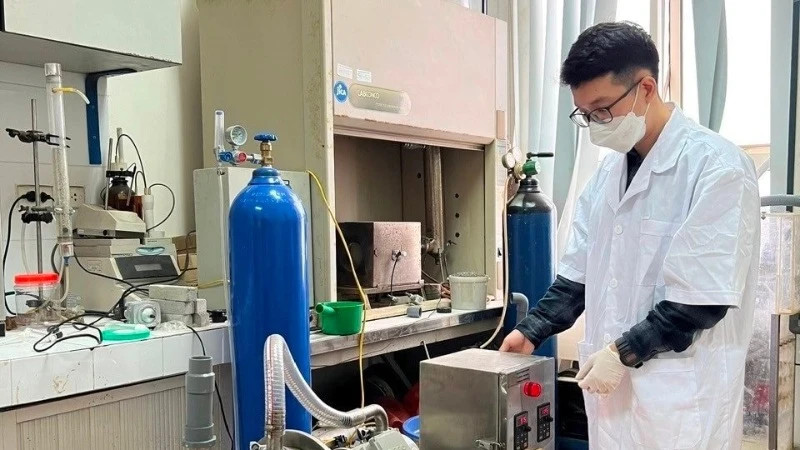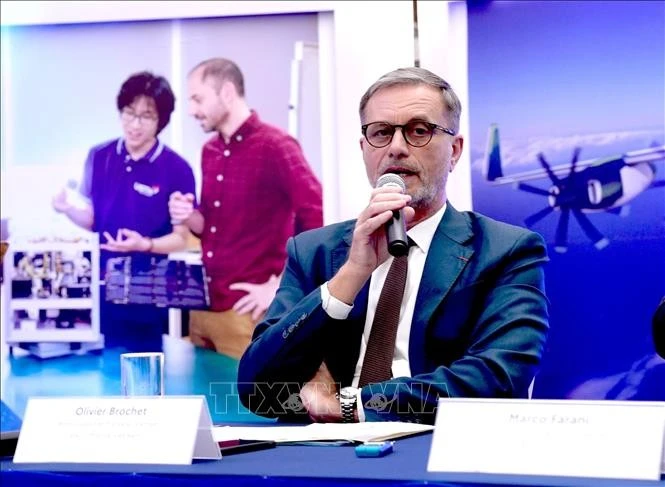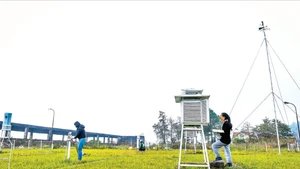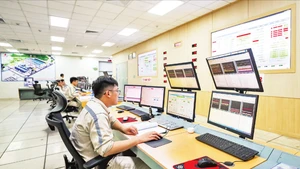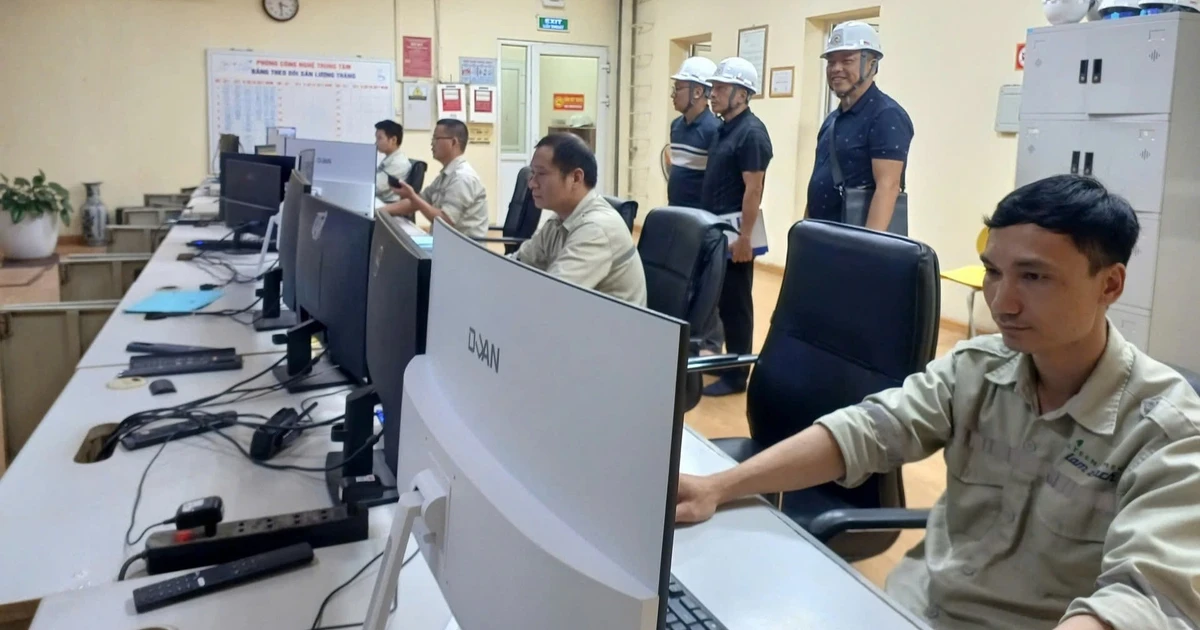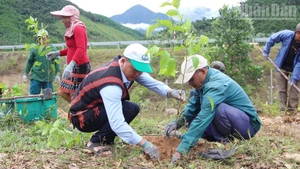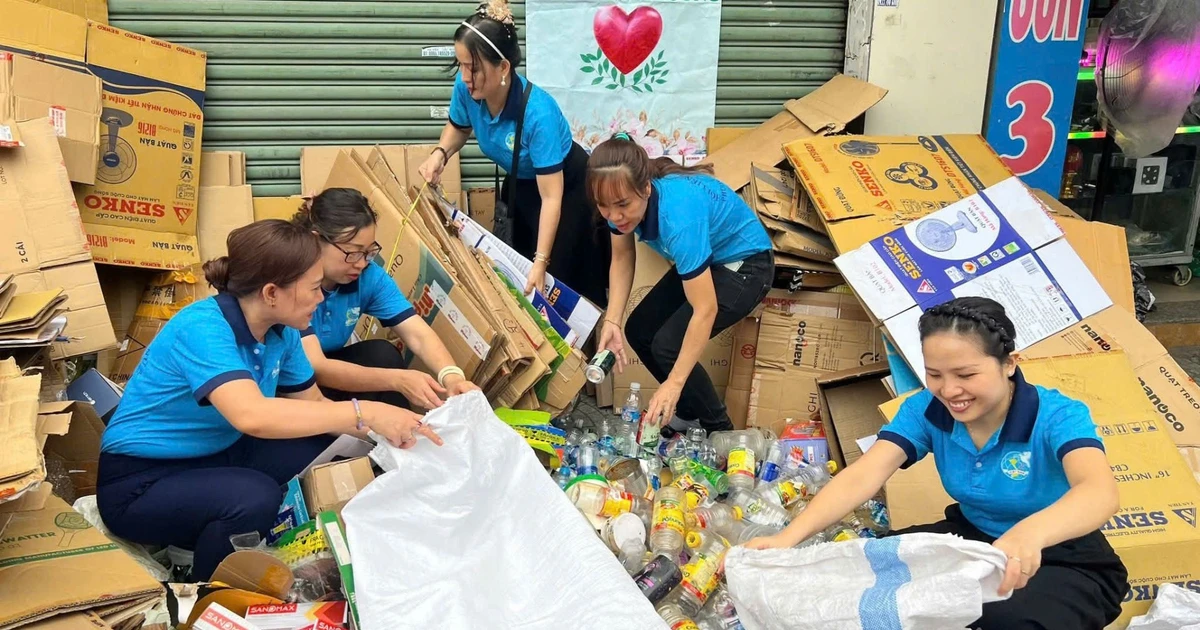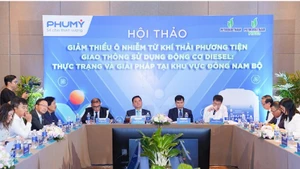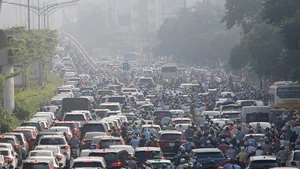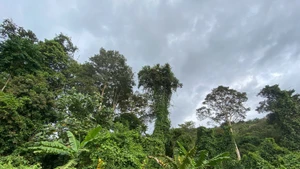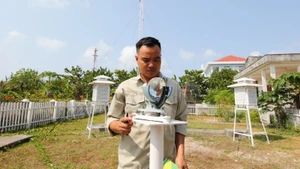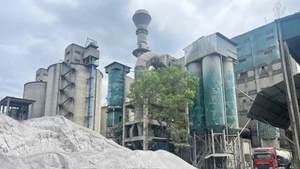In the context of increasingly scarce clean water and urgent requirements for environmental protection, treated wastewater reusage is not only a technical solution but also an inevitable step to promote a circular economy, reduce emissions and move closer to the Net Zero goal.
Wastewater reuse is being interested and implemented by many countries to cope with water scarcity and protect the environment. For example, Japan has issued technical standards on wastewater reuse with pollution parameters that need to be controlled, applied for purposes such as toilet flushing, irrigation, and landscaping; Singapore uses treated wastewater for the purpose of cooling the city through the underground sewer system, while another portion is discharged into reservoirs and reused indirectly, supplying water for other uses.
The global water reuse market has increased from 12.2 billion USD in 2016 to 22.3 billion USD in 2021, with a growth rate of 13.1%. Water reuse from the agricultural, urban and industrial sectors reached 14.9 billion USD in 2021. Direct and indirect reuse of drinking water reached 7.7 billion USD in 2021.
“Clean water is a scarce resource, while treated wastewater can become an important supplementary resource if appropriate technology is applied. This is not only a technical solution but also a sustainable development strategy,” said Professor, Dr Trinh Van Tuyen, Chairman of the Science Council of Environment and Energy under Vietnam Academy of Science and Technology.
According to scientists, there are currently wastewater reuse and treatment technologies such as advanced treatment technology based on pollutants, membrane filtration technology, and advanced oxidation technology. These technologies have been widely applied in the world and can be flexibly adjusted according to the pollution characteristics of each industry.
In Vietnam, some research institutes or enterprises have mastered water treatment technology for reuse. Many studies in Vietnam have proposed effective wastewater recovery processes for starch, paper, textile, and dyeing factories. Specifically, treated water can be reused for purposes that do not require high quality water in fields that account for a large proportion of water consumption such as cooling equipment, watering plants, washing factory floors, and so on.
The application of primary, intermediate or advanced reuse technology depends on the needs, for example, using intermediate technology for enterprises’ production purposes or advanced technology for drinking water. The application of technology will help reduce water supply costs and protect the environment for the enterprise.
According to calculations by scientists, if an enterprise uses an average of about 1,000m³ of water/day and night, it will have to pay about 4.4 billion VND per year for water supply costs; excluding the costs related to wastewater discharge, including licensing procedures and environmental fees, which can also amount to hundreds of millions of VND per year. If businesses apply the solution of reusing treated water, which means reducing or eliminating wastewater discharge, it will significantly save both input and output costs, while contributing to environmental protection and improving operational efficiency.
Currently, water reuse is not mandatory and has only been implemented on a small scale by a few businesses. The implementation of wastewater reuse in Vietnam is recognised as having many challenges. There is a lack of specific criteria for the quality of reused water, there is no smooth coordination between management agencies. In addition, for businesses, it is difficult to expand and add suitable technology, as well as requiring a certain area to store wastewater and high testing costs. In particular, environmental risks such as recovered water that can still contain difficult-to-decompose pollutants or exceeding the allowable threshold if it not strictly monitored are also a challenge.
However, the legal corridor is gradually being improved. The Law on Environmental Protection in 2020, the Law on Water Resources in 2012 and related decrees have emphasised the role of water reuse. Particularly, the National Assembly’s Resolution on ensuring water security for the 2021-2030 period has identified "research and application of water treatment and reuse technology" as one of the core solutions to protect the environment and prevent pollution, degradation, and exhaustion of water resources.
The journey to Net Zero cannot lack the role of water, both in terms of saving, protecting and reusing. It is time for each of us to see wastewater not as waste, but as a renewable resource if we have the right policies and appropriate technology.
"Vietnam needs to encourage industrial-agricultural symbiosis models, where treated wastewater from factories can serve agriculture. This is a direction suitable for our country's conditions and the trend of the world," Professor, Dr Trinh Van Tuyen proposed.
